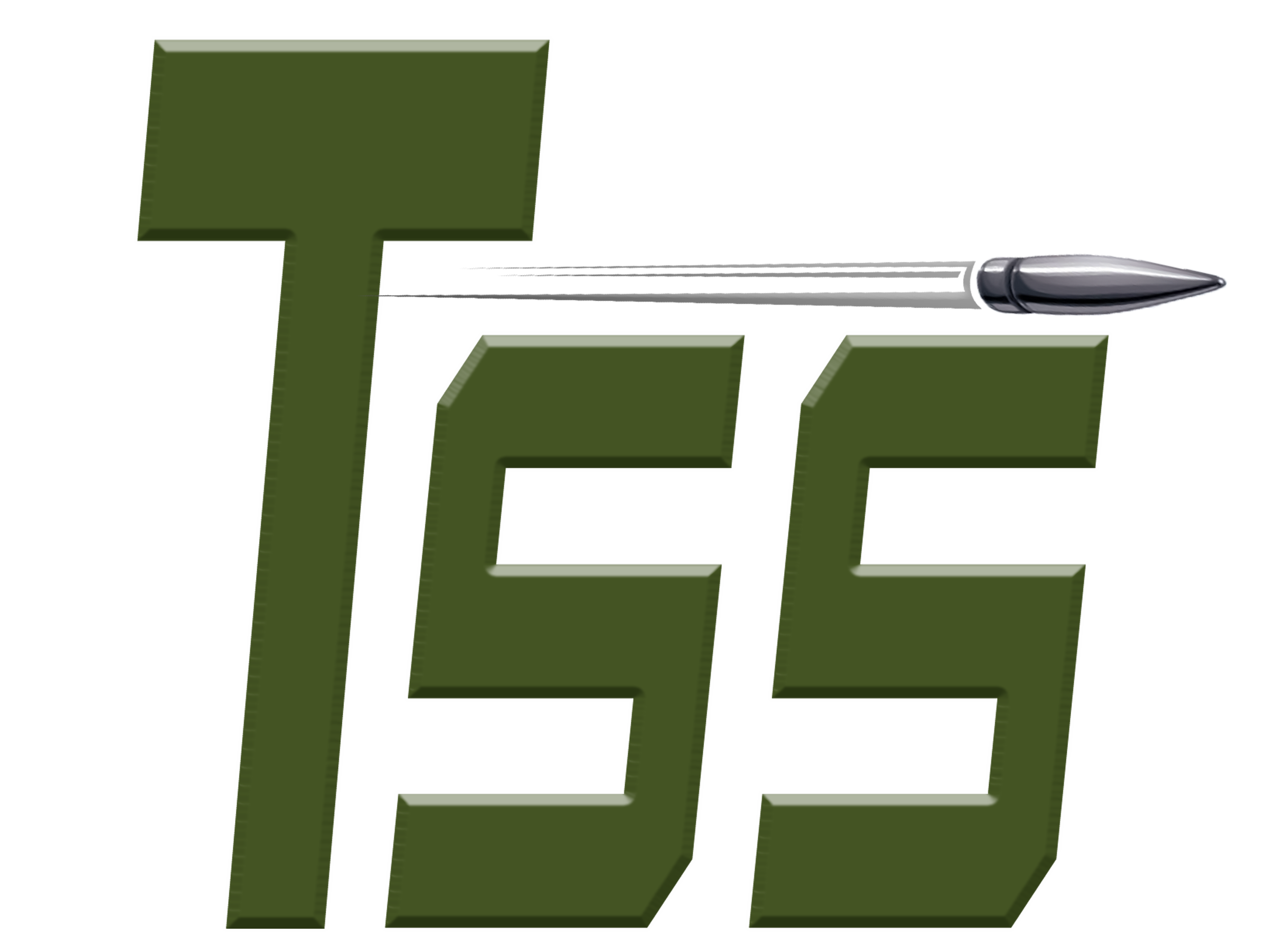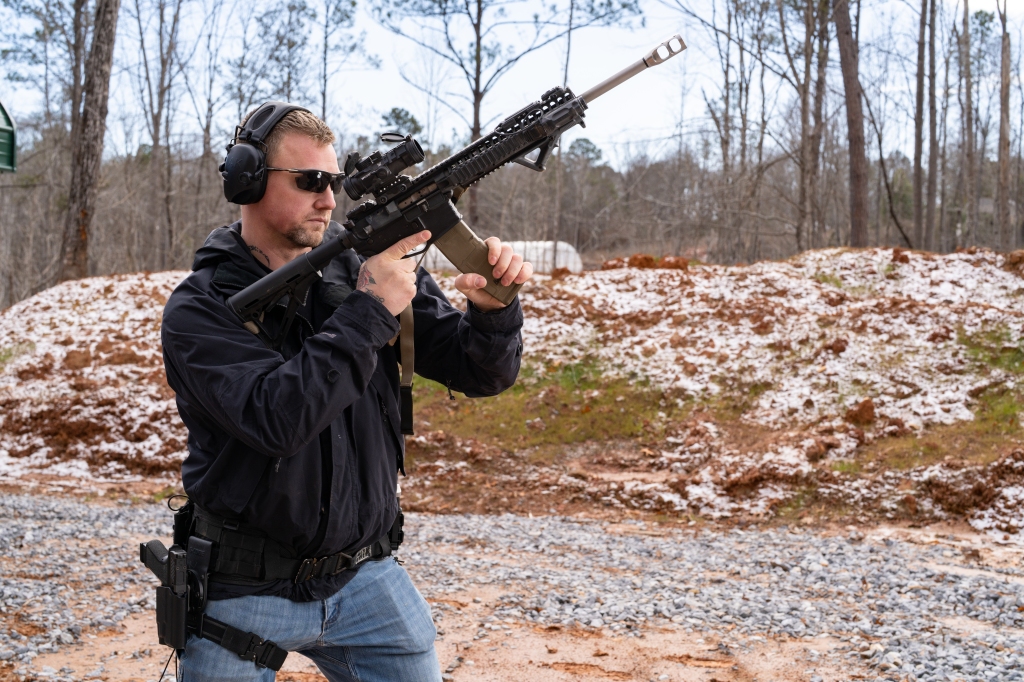Zeroing a rifle tends to illicit some emotional responses from people. Most people understand there are variances in rifle dynamics from twist rates, barrel length, bullet weight, optic height over bore etc. but some people refuse to, stating that anyone that doesn’t achieve the exact dope from their rifle data is an idiot. These people should be avoided on this discussion because they simple don’t know enough to add value and their opinion is worthless.
The simple reality is there are 3 basic 0 ranges for an AR15 chambered in 5.56 which is what we are discussing today. If you are an advanced enough long distance shooter you may develop 0’s that work better for you or your rifle, but in establishing a 0 I am considering rifles doing what the AR15 is good at: Close Quarter Battle.
Can an AR15 be used for other functions such as varmint, deer, target, etc.? Absolutely they can. But the core use of the AR15 was to be a battle rifle and over time shooters realized its success was in close quarter battle. The loss of velocity over distance, combined with a small bullet that can simultaneously be installed into a small, lightweight rifle and carry a ton of ammunition means that the AR15 is optimally suited for a CQB weapon.
5.56 has a maximum effective range that is somewhat nebulous in its trajectory. The effective range of a 1-7 twist rifle with a light bullet weight out of a 10 inch barrel is substantially different than a 1-7 twist rifle with a heavy bullet weight out of a 20 inch barrel. So let’s define this term for the scope of this discussion. CQB rifles struggle to be good at a lot of things so make your rifle a true CQB rifle which means maximum effective range is 250 – 300 meters/yards.
No one is saying you can’t hit a target past that nor that you don’t have the energy to make the round lethal. But just because I can throw a piece of gravel and strike an assailant in the head and possibly kill them we don’t count that as a reliable means of self defense. The same holds true here, that there is a threshold and the further we push beyond that distance, it not only becomes somewhat questionable if the shot will hit, hit in a lethal zone but also provide enough energy to be lethal or incapacitating. If you want a rifle to push those distances build an AR10 chambered in 6.5 or .308. Don’t try to make the wrong tool perform the job of an appropriate tool, this is akin to hammering a nail with a crescent wrench.
Now that we have the preamble out of the way let’s look into some details and specifics. As mentioned there are three basic 0’s:
-50/200 Meter
-25/300 Meter
-36/300 Yard
Zeroing the rifle at 50 meters it would then be back on point of aim point of impact at 200 meters, 25 meters is back on at 300 meters, and 36 yards is back on again at 300 yards. On any close proximity zero you effectively have two zeros; the first zero (initial intersection) and the second zero (terminal intersection). The terminal intersection is a theoretical zero since we aren’t actually testing it. Simultaneously if you have access to a 300 or 200 meter range you should zero at the terminal intersection and confirm at the initial intersection.
The maximum ordinate is the highest point the bullet will travel during its trajectory to the target and is important to understand because this is where we see the advantage of the 36 yard zero over the 25 meter zero. As most of us know the bullet doesn’t rise on its flight but is lobbed through the air at a slightly upward angle.

Battle Sight Zero And Maximum Point Blank Range
Im going to sum this up very quickly because both of these terms are a fad thing that have gone crazy. Nothing has changed in decades with this we just now have a fancy term to describe it. All of these zeros are battle sight zeros meaning that if you aim center mass on a human sized target as if you were in battle you will hit that target with some lethality over the effective distances of the rifle out to about 300 meters.
Each of these has advantages and disadvantages on how it places the weapon. Truthfully to get the most accurate numbers you would have to take your individual rifle and zero it at each and build a dope table going out to about 600 yards. Most of us aren’t going to do that so let’s use some numbers from shooters that have already done the research and doping.
25/300 Meter Zero
This is probably my least favorite and the only reason the Army still uses it is because the Army takes a decade to change anything especially things that have minimal consequences positive or negative. A 25 meter zero is back on at approximately 300 meters, but it’s actually closer to 270, depending on your firearm will be back on anywhere in the range of 250 to 300. The trajectory at those distances is going to be fairly flat so you should only have a few inches of drop in that range regardless of where the exact point of aim point of impact line is (terminal intersection).
The maximum ordinate is going to be about 6 inches above the line of sight but the drop after 300 meters is exceptionally drastic as the bullet tends to plummet to the ground. The biggest reason I don’t like this zero is that it provides no advantage over the 36 yard zero and has several disadvantages. Namely the maximum ordinate of a 36 yard zero is around 5 inches so a 20% difference, and the drop after 300 yards is less severe making longer shots a bit more intuitive.
36/300 Yard Zero
This is similar to the above mentioned 25/300 zero but has the advantage of a lower maximum ordinate. Though that doesn’t seem substantial in combat with armor on, buildings creating a wind tunnel, altitude, humidity etc. effecting the path of the bullet that 1 inch (can be more depending on the rifle setup) is the difference between a hit and a miss.
Simultaneously, if the need arises to push past 300 meters for Soldiers and Marines especially for suppressive fire then having more intuitive shots for armed forces members not trained on dope beyond that simply makes sense. Even if they are trained doping a rifle while being shot at in 100 degree weather with full body armor on is a remarkably harder than doing it under the shade of a canopy on a quiet range.
50/200 Meter Zero
The 50/200 meter zero is in my opinion the best option as it provides the most accurate shots and smallest deviation between 0-200 yards with a maximum ordinate of 2-3 inches. The biggest downside to this zero method is the drop in trajectory beyond 200 meters. After that point the bullet tends to plummet to the ground exponentially. 300 meter shots are not unreasonable here but at 350 they soon lose their trajectory and will strike below the target. If you were aiming at a humans chest at 300 meters with this zero you would hit around their naval. but at 350 it would be closer to their thigh and the path gets worse from there.
Closing Thoughts
More important than picking a zero is understanding what zero you have picked. You can argue all day long the merits of one over the other but your opinion is worthless if you don’t get out and train and practice. I use a 36 yard zero because even though a 50 meter zero works better on my CQB rifles that’s not the only 5.56 rifle I have and I want them all to be the same because consistency and not having to think about which zero a particular rifle is at is more important to me than having the absolute best zero.
A second reason I use a 36 yard zero is that it is the exact distance to the covered area on my pistol range. So the ease of sighting in a rifle is a factor that is more important to me. the simple fact is if your shooting fundamentals are good you can shoot any zero as long as you understand the flight path, which is simply a combination of training and studying.
Even though I don’t feel the effective range of a 5.56 extends much past 300 meters it doesn’t mean I don’t see merit in being able to make shots beyond that. Which is why I use red dots with scopes or Acogs on my rifles. Bottom line up front: know your zero and your dope and then run the rifle because it’s a Ford vs Chevy argument after that with each having merit.

